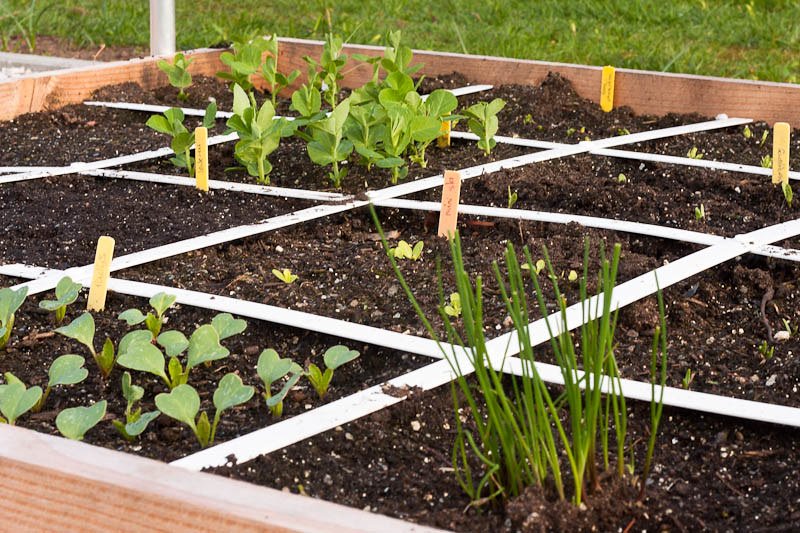In an era of rising grocery costs, many individuals are seeking cost-effective ways to maintain a healthy diet. One appealing option is to cultivate your own vegetables. Surprisingly, even those without access to a traditional yard can engage in vegetable gardening. All that’s required is sufficient space for a 3-foot by 2-foot box and a location that receives four to eight hours of direct sunlight.
Square foot gardening, an intensive gardening technique pioneered by Mel Bartholomew in the late 1970s, offers a solution. This approach aims to maximize garden output by employing companion planting and soil science, thereby minimizing weed growth and reducing the need for excessive watering and fertilization.
To establish your square foot garden, careful crop planning is essential. For instance, if your site receives less than six hours of sunlight (part-sun), consider planting vegetables that thrive in such conditions, such as lettuces and peas. Some vegetables, like tomatoes, benefit from being planted alongside carrots or basil. This strategy, known as companion planting, optimizes plant growth and health. Numerous resources are available to assist in selecting suitable plant combinations for your garden.

Once you’ve chosen your crops, follow these steps to set up your square foot garden:
1. Acquire or Construct an Elevated Planting Box: Prefabricated planting boxes are readily available in most major retailers and are recommended for ease of use.
2. Fill the Box with Proper Soil: Use a soil mix that retains moisture without saturating plant roots. “Mel’s Mix” is a recommended blend comprising one-third compost, one-third peat moss or coconut coir, and one-third coarse vermiculite. This mixture provides essential minerals and nutrients for the growing season and maintains a balanced pH, reducing the need for additional fertilization. Avoid using potting soil as a substitute.
3. Determine Soil Depth: For shallow-rooted crops like herbs and greens, fill the box to a depth of at least 6 inches. For deeper-rooted plants such as carrots and tomatoes, aim for a depth of 12 inches.
4. Divide the Garden into Squares: Utilizing the 3-by-2-foot example, mark off six squares measuring 12-by-12 inches each.
With your garden space prepared, proceed to plant your selected crops using recommended square foot gardening combinations. While some gardeners prefer purchasing plants, others may opt to grow crops from seeds. Here’s an example layout:
– Square 1: Tomato (one plant)
– Square 2: Green pepper (one plant)
– Square 3:Basil (one plant)
– Square 4:Basil (one plant)
– Square 5:Radishes (16 seeds/plants)
– Square 6: Spinach (nine seeds/plants)
Regular maintenance, including pruning dead or diseased foliage and consistent watering, is crucial for the success of your garden. Consider using a soaker hose to conserve water, especially in a small garden bed. With proper care and attention, your square foot garden can yield bountiful harvests while providing a fulfilling gardening experience. Happy gardening!


